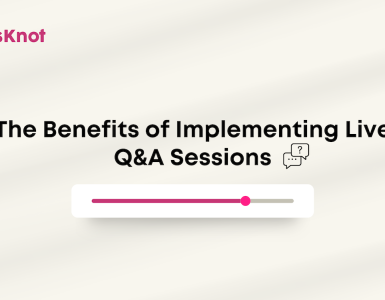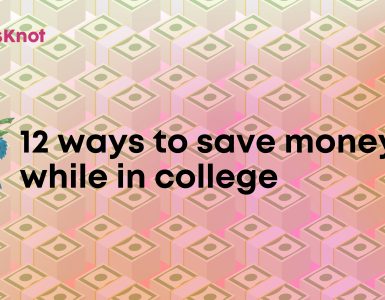The traditional form of instruction combines lectures in-class with reinforcement outside of class. That is until now. A method that is gaining traction attempts to reinvent the classroom by “flipping” the model on its head. Although the education space constantly experiences new trends come and go, flipped classrooms seem to be here to stay. That being said, is there really a need to adopt this radical model, or should an educator stick with the tried and tested?
What makes a classroom “flipped”?
Flipped learning focuses on cognitive work such as synthesis, evaluation, application, and analysis, derived from Bloom’s Taxonomy. A guide published by Vanderbilt University’s Center for Teaching explains that there are 4 key elements for a successful flipped classroom.
1. Share material outside of class:
The first element is that students learn material outside of class with instruction methods left up to the educator’s creativity. Some professors record lectures and bundle them with questions online, which can be a challenge in itself. While other professors use pre-made content from popular sources like Khan Academy, a non-profit that works with volunteers to publish content on a variety of topics for K-12 to collegiate level courses.
2. Incentivize students:
The second element is to make sure students have an incentive to prepare for class ahead of time. This can be done by assigning a portion of the final grade to assignments, quizzes, and written summaries to be completed ahead of the class. Doing so ensures that students actually engage with the material and make an effort to learn, with a majority doing so even with low stakes for their grade.
3. Create assessments before class:
The third element is to use a pre-class assessment to gauge how well students understand the material. Using data collected from submissions, educators can modify the depth of discussion done in class by choosing to prioritize certain areas of the material. This acts as an efficient means of incorporating feedback into the material while it’s discussed instead of doing it after-the-fact.
4. Apply active learning strategies:
Finally, active learning strategies are used to design in-class activities. This can range from a specially constructed space designed to enhance learning to use peer-instruction methods where students engage in group problem solving and collaborative tactics, such as using social media like this professor at NYU. Educators can accomplish active learning by encouraging students to take on a more involved role in their own learning in addition to helping their peers learn as well.
Do flip classrooms work?
In the simplest possible terms, yes. Studies like this one show that using the flipped approach produced significantly higher scores for students compared to traditional learning methods. By combining self-instruction and in-class reinforcement, instructors can capture attention and address questions simultaneously while acting as facilitators in the learning process–popularly quipped as being a “guide on the side” instead of a “sage on the stage.” However, it’s crucial to note that every educator has their own teaching style, and the classroom is heavily influenced by what type of material is discussed.
Adapting this model to fit an educator’s style can be a challenging and time-consuming process. However, there are plentiful resources for educators, and guides like this are only the beginning. Additionally, flip classrooms rely on technology, which can have two possible downfalls: needing several different platforms to implement the elements mentioned above and meeting the technological divide students face due to their backgrounds. Educators need a comprehensive platform that takes care of all the elements of flipped classrooms simultaneously while also addressing the fact that some students don’t have the necessary equipment to engage in self-instruction. By employing technology that is accessible and adaptive, educators can clear this hurdle in implementing a flipped approach to teaching.
So what’s the verdict?
Flipped classrooms offer educators an innovative approach to teaching that uses technology to bolster the learning process. Additionally, it’s shown that classroom engagement works best when learning environments adapt to students’ needs and not the other way around. With this in mind, it’s up to educators to decide what learning means to them and whether flipped classrooms can meet students’ needs today.





387 comments